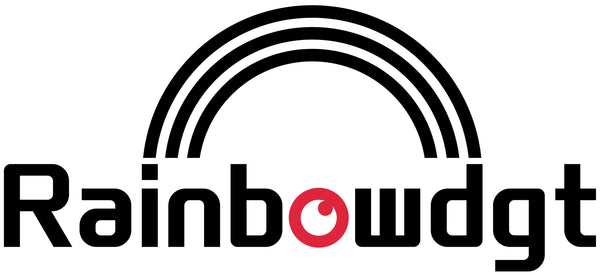What is Direct to Film (DTF) Printing? A Complete Guide
Direct to Film (DTF) printing has emerged as one of the most versatile and innovative methods in the custom apparel and merchandise industry. Many beginners ask, what is direct to film printing? Simply put, DTF printing is a process where designs are first printed onto a specialized film and then transferred onto fabric or other surfaces using heat and adhesive powders. Unlike traditional screen printing, all-in-one DTF printer allows for highly detailed, full-color designs on a wide range of materials, including cotton, polyester, nylon, and blends.
How DTF Printing Works
Understanding how to print DTF involves knowing the full workflow:
1. Design Preparation – Start with high-resolution artwork using software like Adobe Illustrator or Photoshop. Vector files work best to maintain clarity.
2. Printing – The design is printed onto a DTF transfer film using a specialized printer. What are DTF printers? These are machines designed specifically for this method, capable of handling DTF inks and producing precise color details.
3. Powder Application – While the ink is still wet, hot-melt adhesive powder is evenly applied to the design.
4. Curing – The adhesive powder is partially cured using a heat press or oven. This ensures the transfer will adhere firmly to the fabric.
5. Heat Transfer – Finally, the film is pressed onto the target material under controlled temperature and pressure, permanently bonding the design.
Advantages of DTF Printing Technology
1. Versatility – Works on virtually any fabric type, even mixed fabrics.
2. High-Resolution Prints – Capable of reproducing intricate details, gradients, and vibrant colors.
3. Durability – How long do DTF transfers last? Properly applied transfers can withstand hundreds of washes without significant fading or cracking.
4. Cost-Effective for Small Batches – Unlike screen printing, DTF does not require creating multiple screens for each color, making it ideal for low-volume orders.
How to Make DTF Transfers Successfully
Learning how to make DTF transfers requires attention to detail. Factors such as ink density, powder coverage, curing time, and heat press settings are crucial. Many businesses start with a few test prints to calibrate their workflow and ensure consistency.
Common Use Cases
Business DTF printer is increasingly popular for:
- Custom t-shirts and hoodies
- Promotional merchandise like tote bags and aprons
- Personalized gifts and DIY projects
- Complex designs with multiple colors or gradients
In summary, DTF printing combines flexibility, durability, and high-quality results. As the technology evolves, it continues to become more accessible, allowing businesses of all sizes to produce professional-grade custom apparel with vibrant designs.

